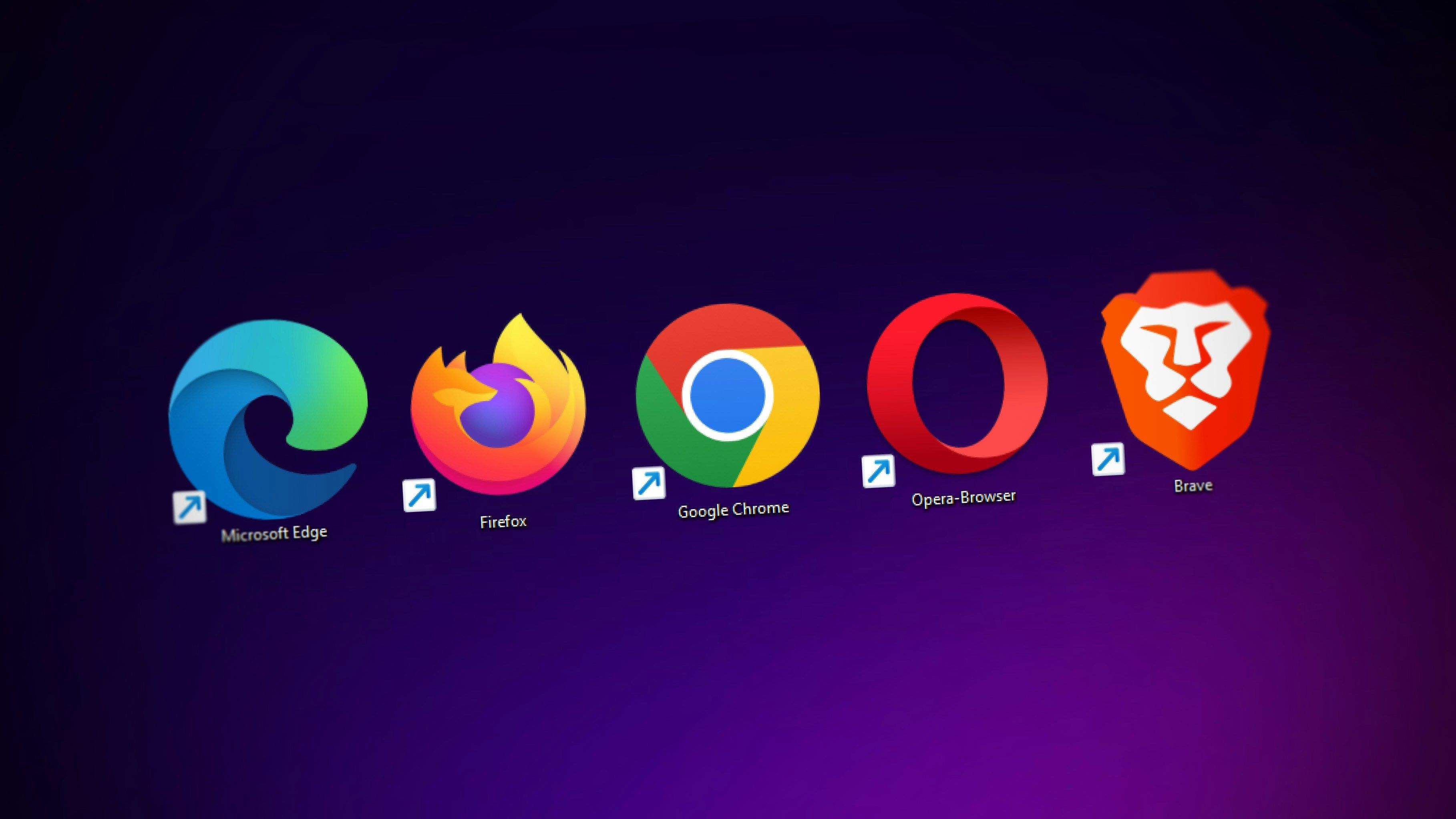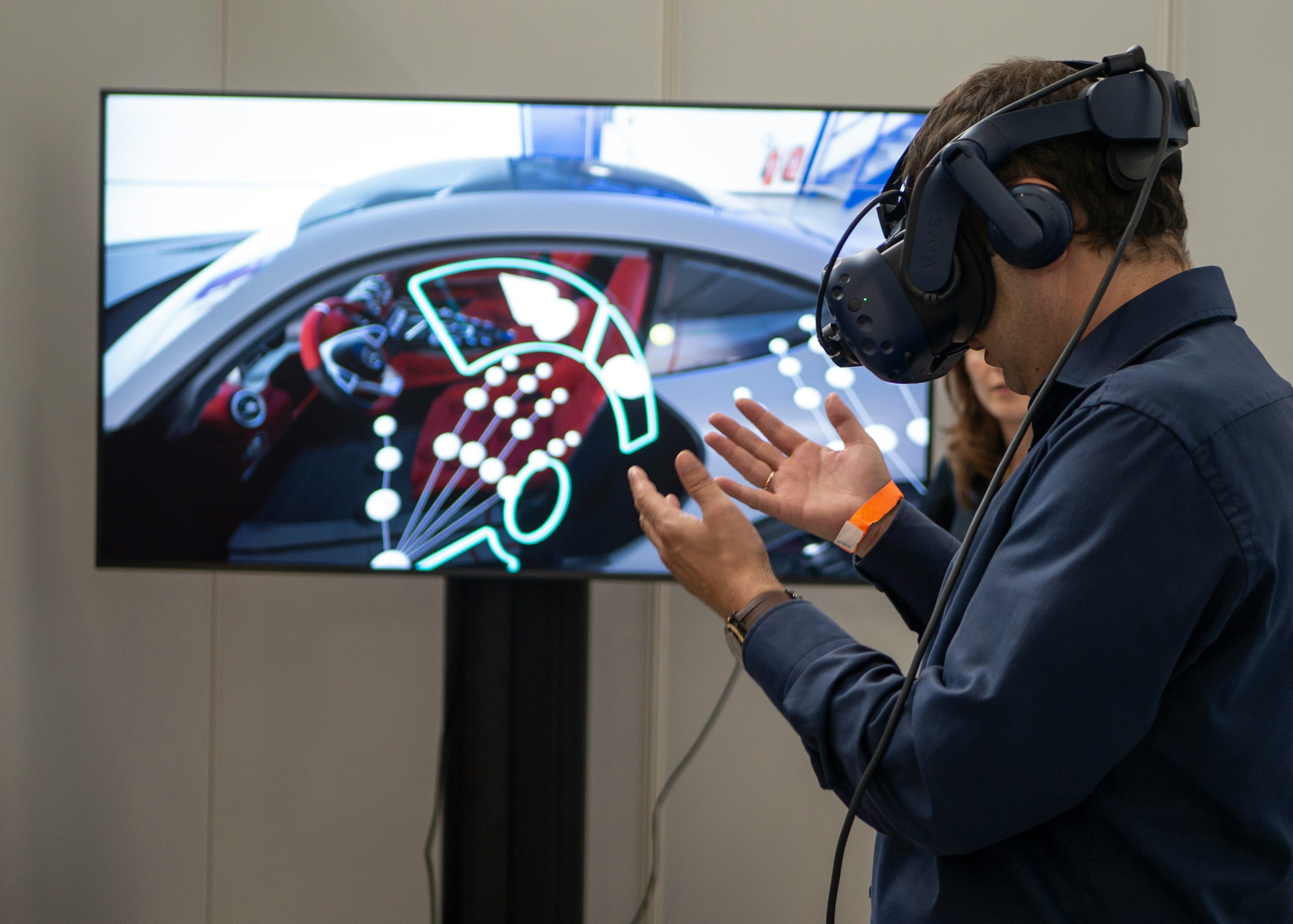The Browser is the New Canvas: How WebGPU, WebAR, and Web3D Are Forging the Next Generation of Online Experiences
For decades, the web has been a largely two-dimensional space. While interactive, it has been predominantly flat, a world of documents and layouts. But a fundamental shift is underway. The browser is evolving into a powerful canvas for rich, immersive, and three-dimensional experiences that were once the exclusive domain of native applications and high-end gaming consoles. This transformation is being driven by a new graphics stack for the web, a potent combination of WebGPU, WebAR, and Web3D technologies.
This emerging stack is not just about making websites look prettier; it's about fundamentally changing how we interact with the web. It's the engine that will power the next generation of e-commerce, education, and remote collaboration. However, this leap into the third dimension also brings a new set of challenges, from performance and accessibility to the very way we design user experiences. This post will explore the evolution of browser graphics, the powerful capabilities of this new stack, and the exciting, and sometimes challenging, road ahead.
From Static Pages to Immersive Worlds: The Evolution of Web Graphics
The journey to a 3D web has been a long one. Early attempts were clunky and required cumbersome plugins. The real breakthrough came with WebGL (Web Graphics Library), which first emerged in 2011.[1][2] Based on the OpenGL ES 2.0 standard, WebGL gave developers direct access to the Graphics Processing Unit (GPU), enabling hardware-accelerated 3D graphics directly in the browser.[1][2][3][4] This laid the groundwork for a new era of interactive web content, from browser-based games to complex data visualizations.[1][3]
However, as powerful as WebGL was, it was built on an aging architecture. Modern GPUs have evolved, and the demands of today's applications, from virtual reality to machine learning, have pushed WebGL to its limits. This is where WebGPU comes in.
WebGPU: The New Engine for High-Performance Web Graphics
WebGPU is the designated successor to WebGL, a modern API designed from the ground up to be more efficient and powerful.[3][5] It's not just an update; it's a complete rethinking of how browsers interact with the GPU. Inspired by modern graphics APIs like Apple's Metal, Microsoft's DirectX 12, and Khronos Group's Vulkan, WebGPU provides lower-level access to the GPU, offering significant performance improvements.[6][7][8]
Here's what makes WebGPU a game-changer:
Dramatically Improved Performance: By reducing the amount of work the CPU has to do to prepare instructions for the GPU, WebGPU can handle more complex scenes and computations.[9][10] Studies have shown that WebGPU can significantly outperform WebGL, especially in scenarios with a large number of objects.[11] In some cases, it can be up to 3.5 times faster in compute shader tasks.[12]
Support for GPU Compute: Unlike WebGL, which was primarily designed for rendering graphics, WebGPU has first-class support for general-purpose GPU (GPGPU) computations.[3][13] This opens up a world of possibilities for running complex calculations, like machine learning models and physics simulations, directly in the browser.[14][15]
A More Modern and Consistent API: WebGPU offers a more developer-friendly and consistent API that is better aligned with modern GPU architectures.[9][16] This makes it easier for developers to create high-performance graphics applications that run reliably across different platforms and devices.
While browser support for WebGPU is still evolving, it is now available in recent versions of Chrome, Edge, and Safari, with Firefox support on the horizon.[9][17] As adoption grows, we can expect to see a new wave of visually stunning and computationally intensive web applications.
WebAR: Bringing Augmented Reality to the Browser
While WebGPU provides the raw power, WebAR (Web-based Augmented Reality) is what brings immersive experiences into our physical world. WebAR allows for augmented reality experiences to be accessed directly through a web browser, without the need to download a dedicated mobile app.[18][19] This seemingly small change has massive implications for accessibility and user engagement.[20][21]
The ability to launch an AR experience from a simple link or QR code is a game-changer for a wide range of industries:
E-commerce: WebAR is transforming online shopping by allowing customers to visualize products in their own homes.[22][23] Imagine trying on a pair of virtual sunglasses or seeing how a new sofa would look in your living room before you buy it.[22][24] This "try before you buy" experience can significantly increase conversion rates and reduce returns.[23][25]
Education: In education, WebAR can bring learning to life in ways that were previously unimaginable. Students can explore a 3D model of the solar system in their classroom or dissect a virtual frog without harming a real one.[20][26]
Marketing and Advertising: Brands are using WebAR to create interactive and memorable marketing campaigns. From bringing product packaging to life to creating immersive brand experiences, WebAR offers a powerful new way to engage with consumers.[18]
Web3D: The Foundation for a More Spatial Web
Web3D is a broader term that encompasses the technologies and standards used to create and display three-dimensional graphics on the web.[27] While WebGPU provides the rendering power and WebAR extends the experience into the real world, Web3D provides the foundational elements for creating and interacting with 3D content.[27]
This includes:
3D File Formats: Standardized file formats like glTF and USDZ are crucial for efficiently delivering 3D models to the browser.
JavaScript Libraries and Frameworks: Libraries like Three.js and Babylon.js have made it significantly easier for developers to work with WebGL and WebGPU, providing a higher-level abstraction for creating complex 3D scenes and animations.[1][3][9]
Declarative 3D: Standards like X3D allow for the creation of 3D scenes using a markup language similar to HTML, making 3D content more accessible and easier to integrate with other web technologies.[28][29]
Together, these Web3D technologies are creating a more spatial and interactive web, where 3D content is no longer a niche feature but a fundamental part of the user experience.
The Road Ahead: Performance, Accessibility, and New Design Paradigms
This new graphics stack for the web is incredibly promising, but it's not without its challenges.
Performance Concerns: While WebGPU offers significant performance improvements, delivering complex, high-fidelity 3D and AR experiences on a wide range of devices, from high-end gaming PCs to low-powered mobile phones, remains a significant challenge.[30] Developers will need to be mindful of performance optimization to ensure that their applications are accessible to everyone.
Hardware and Browser Fragmentation: The capabilities of GPUs can vary significantly between devices, and browser support for these new technologies is still evolving.[31] This fragmentation can make it difficult to create experiences that work consistently for all users.
The Need for New Design Patterns: Designing for 3D and immersive experiences requires a different way of thinking than traditional 2D web design. We are still in the early days of establishing best practices for user interaction, navigation, and information architecture in these new spatial environments.
The Dawn of a New Creative Era on the Web
The convergence of WebGPU, WebAR, and Web3D marks a pivotal moment in the evolution of the web. We are moving beyond the flat, two-dimensional page and into a world of immersive, interactive, and intelligent online experiences. While there are still challenges to overcome, the potential of this new graphics stack is undeniable. From transforming how we shop and learn to enabling new forms of creative expression, the new graphics stack for the web is not just a technical upgrade; it's the dawn of a new creative era. The browser is no longer just a window to the web; it's a canvas for the worlds we have yet to imagine.


